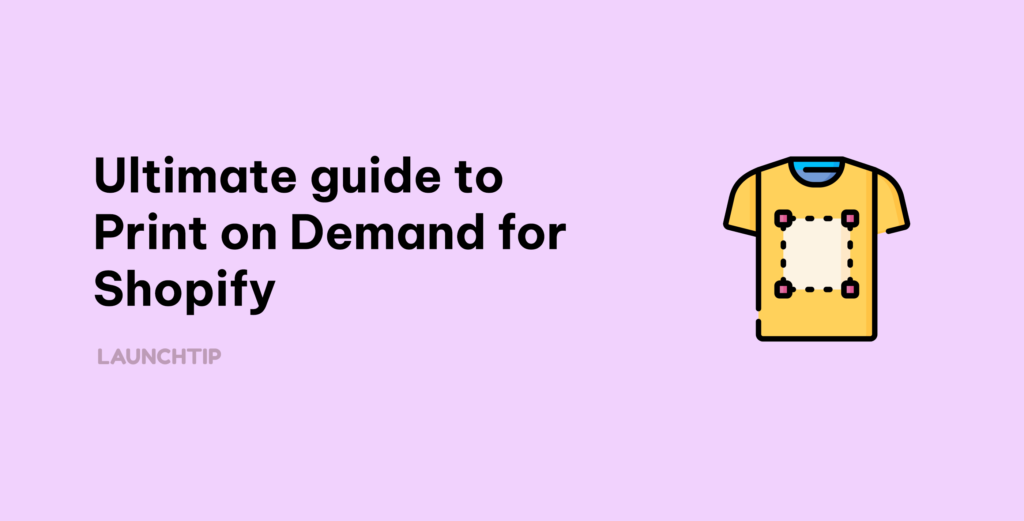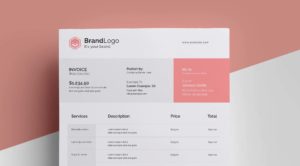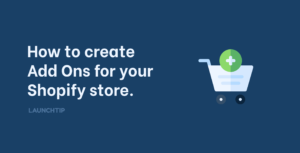Last Updated on by Dan S
Originally Published August 31, 2023.
In 2024, the Print on Demand (POD) e-commerce business model is not just thriving; it’s revolutionizing the way entrepreneurs create and sell custom-designed products. This guide will serve as your comprehensive roadmap to launch and run a thriving Print on Demand business on Shopify.
Table of Contents
Toggle1. What is Print on Demand?
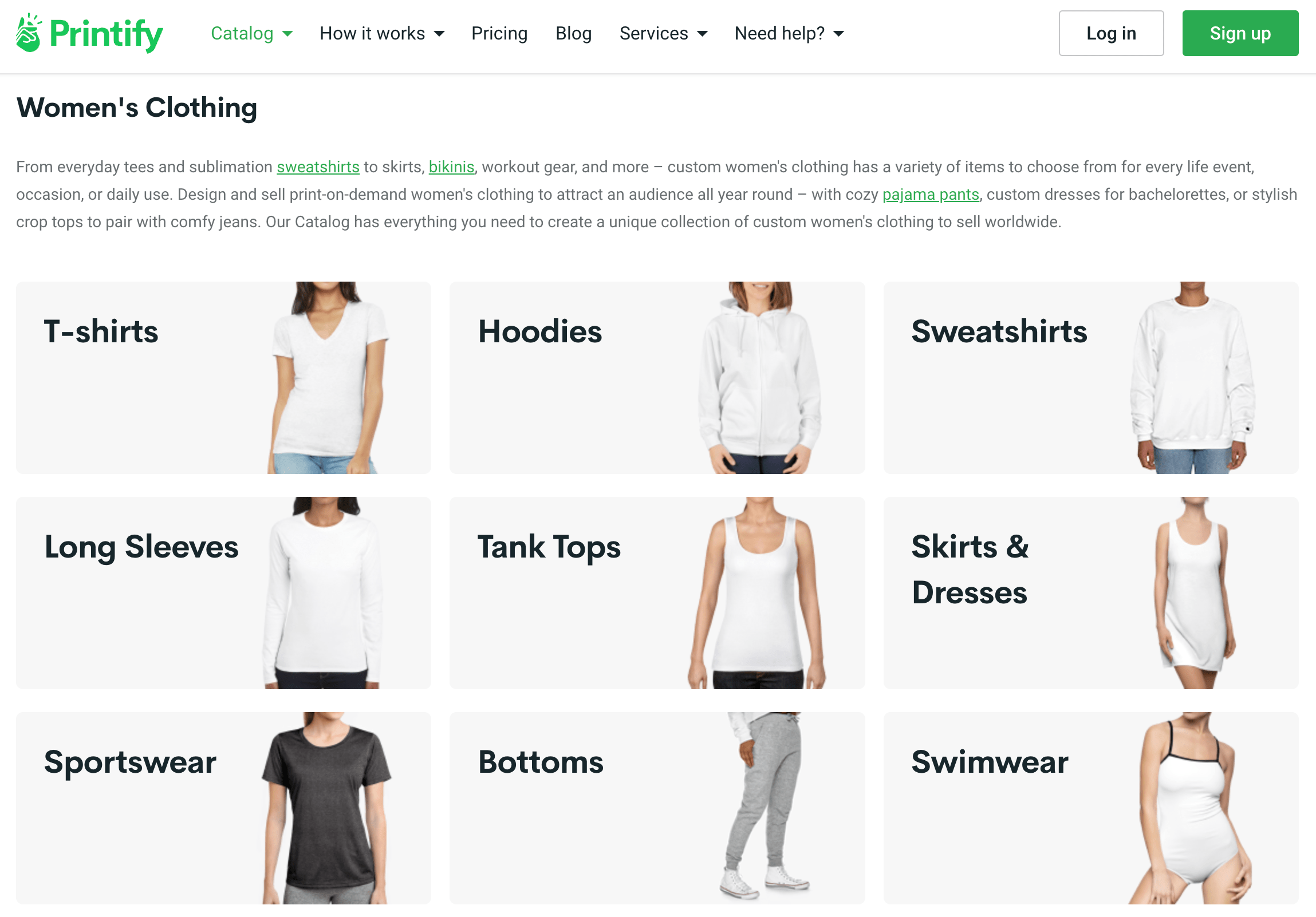
Print on Demand represents a dynamic e-commerce business model wherein products are uniquely customized and printed only after a customer places an order. The core steps involved are as follows:
Product Selection: Begin by choosing the products you wish to offer in your online store. These can range from traditional options like t-shirts and hoodies to more eclectic choices such as shower curtains or yoga mats.
Design Creation: The heart of your Print on Demand business lies in the designs. You can create your own or collaborate with talented artists to craft unique, eye-catching designs. These designs can include graphics, illustrations, or even text-based artwork.
Integration: To streamline your operations, integrate your Shopify store with a reputable Print on Demand service provider. Popular options in 2023 include Printful, Printify, and AOP+.
Listing Products: Populate your Shopify store with your customized products, setting competitive prices and writing compelling descriptions to entice potential customers.
Order Processing: When a customer places an order on your Shopify store, your chosen Print on Demand service springs into action. They take care of printing your design onto the selected product, packing it securely, and shipping it directly to your customer.
Profit: Your profit is the difference between the cost of producing and shipping the product and the selling price you set.
2. Benefits of Print on Demand
Print on Demand presents a host of advantages for entrepreneurs:
Low Startup Costs: One of the most appealing aspects of POD is that it requires minimal upfront investment. You don’t need to worry about holding inventory or purchasing costly printing equipment.
No Inventory Hassles: Say goodbye to the challenges of storing and managing inventory. With Print on Demand, you never need to concern yourself with overstocked or unsold products.
Wide Product Variety: POD services offer a vast array of products, which enables you to cater to various niches and customer preferences.
Customization: Your POD business can truly shine by offering unique, branded products or catering to specific customer requests. Personalization is a key driver of customer engagement and loyalty.
Scalability: As your business grows, adding new products or designs is straightforward, without the logistical complications associated with traditional retail.
Global Reach: Most POD services offer international shipping, giving you access to a global customer base without the logistical nightmares of cross-border sales.
3. Products That Can Be Print on Demand
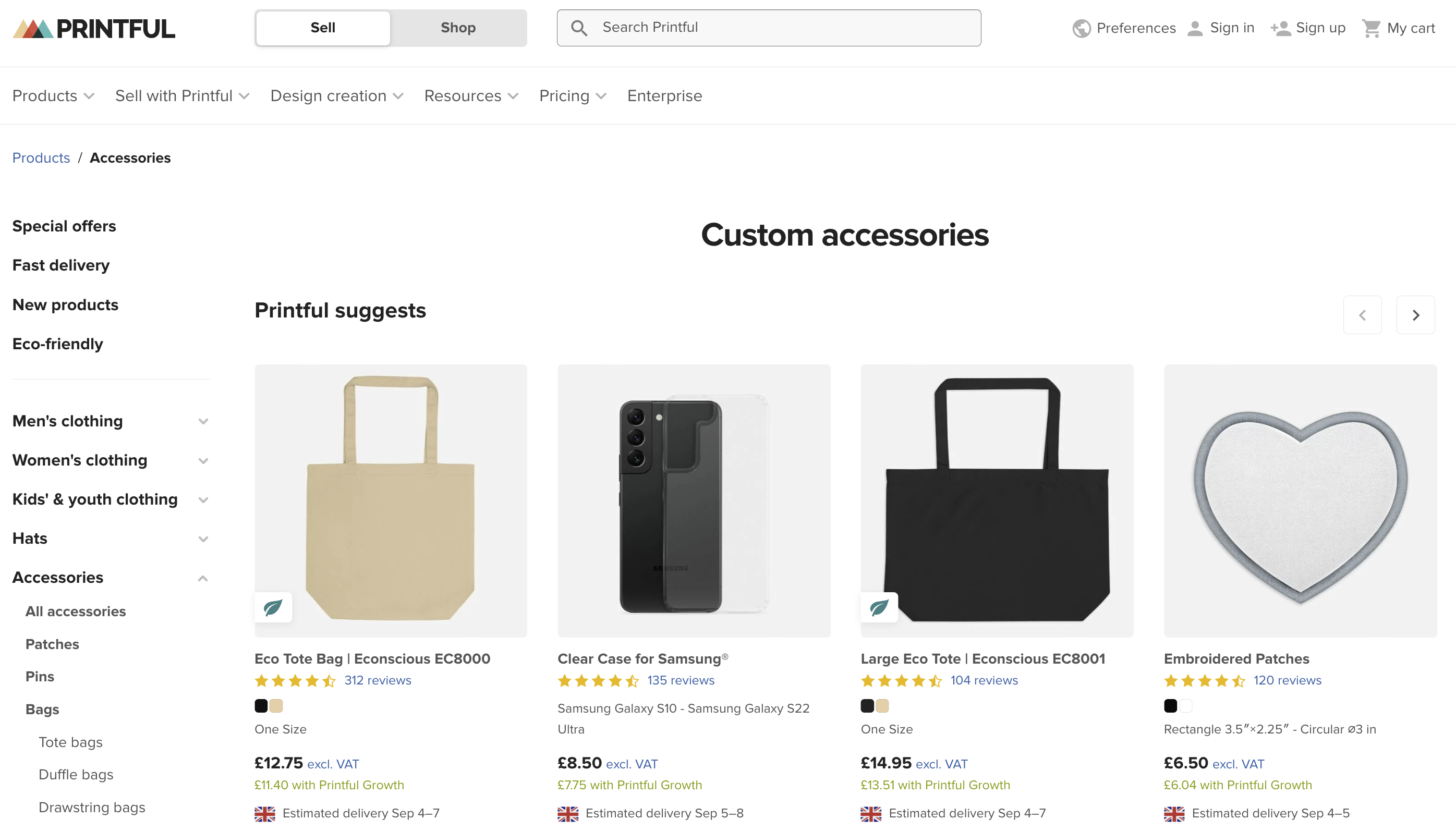
The Print on Demand landscape in 2023 encompasses a diverse range of products that you can customize and offer to your customers:
Apparel: The classics like t-shirts and hoodies remain popular, but you can also explore leggings, socks, tank tops, and more.
Accessories: From phone cases and coffee mugs to tote bags, hats, and jewelry, there’s a wide world of personalized accessories to tap into.
Home Decor: Adorn your customers’ homes with customized posters, canvas prints, throw pillows, and even shower curtains.
Stationery: Greeting cards, notebooks, and stickers provide great opportunities for customization.
Prints: Offer art prints, framed prints, and posters that showcase unique designs or art from emerging talents.
Outdoor Items: Think flags, garden flags, and beach towels for those looking to personalize their outdoor spaces.
Tech Gadgets: Protect and personalize tech devices with customized laptop sleeves, tablet cases, and mousepads.
Pet Products: Appeal to pet lovers with customized pet tags, bandanas, and pet beds.
Sports & Hobbies: Explore yoga mats, golf towels, and gaming mousepads to cater to specific interests.
4. Setting Up a Print on Demand Business
Now, let’s break down the practical steps to set up your Print on Demand business on Shopify:
Step 1: Market Research
Niche Identification:
Identifying a niche is crucial because it defines your target audience and product focus. A good niche should be:
- Passion-driven: Choose something you’re passionate about; it’ll keep you motivated during the challenges.
- Profitable: Ensure there’s a viable customer base willing to spend on products in your chosen niche.
- Not too saturated: Avoid niches that are overly crowded; look for opportunities where you can stand out.
Competitor Analysis:
Researching competitors helps you understand the landscape and identify gaps or opportunities:
- Identify Key Players: Find out who the major competitors are in your niche.
- Analyze Their Strategies: Study their websites, social media, and marketing efforts. What are they doing well? Where can you do better?
- Understand Pricing: Learn about pricing strategies in your niche. Are customers willing to pay a premium for unique products?
- Track Trends: Keep an eye on emerging trends within your niche. Trends can guide your product selection and marketing.
Demand Validation:
Before diving in, ensure there’s demand for the products you plan to offer:
- Surveys: Conduct surveys or questionnaires to gather insights from potential customers.
- Keyword Research: Use tools like Google Keyword Planner to identify search volumes related to your niche.
- Market Research Tools: Utilize e-commerce market research tools to assess demand trends, such as Google Trends or SEMrush.
Step 2: Create a Shopify Store
Sign Up:
You can sign up here.
Creating a Shopify account is straightforward:
- Choose a Plan: Select the Shopify plan that best suits your business needs (Basic, Shopify, or Advanced).
- Domain Name: Register a domain name for your store, keeping it memorable and aligned with your niche.
- Setup: Follow Shopify’s setup wizard to configure your store settings, payment gateways, and tax rates.
Store Design:
Designing your store is all about creating a user-friendly and visually appealing online space:
- Theme Selection: Choose a Shopify theme that aligns with your brand and niche. Customize it to make it unique.
- Navigation: Ensure your website is easy to navigate. Use clear menus and categories.
- Branding: Develop a strong brand identity with a memorable logo, color scheme, and consistent branding elements across your site.
App Integration:
Integrating a Print on Demand app is crucial for your business’s operation:
- App Selection: Evaluate various Print on Demand apps available on the Shopify App Store. Consider factors like product variety, pricing, and integration ease.
- Configuration: Set up the app to sync seamlessly with your store. Configure product listings, pricing, and fulfillment options.
Step 3: Product Selection and Design
Product Mix:
Choosing the right mix of products is a balancing act:
- Niche Alignment: Ensure your products align with your chosen niche to cater to your target audience effectively.
- Diversity: Offer a diverse range of products to appeal to a broader customer base. A mix of apparel, accessories, and home decor, for instance, can work well.
Design Strategy:
Designs are the lifeblood of your Print on Demand business:
- Unique Designs: Focus on creating or commissioning unique, eye-catching designs that set your products apart.
- Quality Control: Ensure your designs meet your chosen Print on Demand provider’s printing guidelines to maintain product quality.
Step 4: Set Prices and Listings
Pricing Strategy:
Pricing is a delicate balance between profit and competitiveness:
- Cost Analysis: Calculate all costs, including production, shipping, and overheads.
- Competitive Pricing: Research competitors’ prices and set yours competitively. Consider value-added elements, such as unique designs.
- Profit Margin: Ensure you have a healthy profit margin built into your prices to sustain and grow your business.
Compelling Listings:
Your product listings should entice potential customers:
- Effective Titles and Descriptions: Write clear, persuasive product titles and descriptions that highlight the benefits and uniqueness of your products.
- High-Quality Images: Use high-resolution images that showcase your products from different angles.
- Collections: Organize products into collections to make navigation easier for customers browsing your store.
Step 5: Marketing and Promotion
Marketing Plan:
A robust marketing plan is essential for driving traffic and sales:
- Content Strategy: Develop a content calendar for your blog, email marketing, and social media. Provide valuable content related to your niche.
- Email Marketing: Build and segment your email list for targeted promotions and product launches.
- Social Media Strategy: Choose the right social media platforms for your niche and engage with your audience consistently.
Paid Advertising:
Paid advertising can accelerate your store’s growth:
- Facebook Ads: Create targeted ad campaigns to reach your niche audience on Facebook and Instagram.
- Google Ads: Use Google Ads to capture potential customers actively searching for products in your niche.
Influencer Collaboration:
Leverage influencer marketing to reach a broader audience:
- Identify Influencers: Find influencers whose followers align with your target demographic.
- Collaboration: Reach out to influencers for collaboration, whether it’s through sponsored posts, reviews, or giveaways.
Step 6: Customer Service and Fulfillment
Exceptional Service:
Outstanding customer service sets you apart from the competition:
- Timely Responses: Respond promptly to customer inquiries and provide helpful solutions.
- Problem Resolution: Address issues with orders or products efficiently and courteously.
- Feedback Loop: Encourage and act upon customer feedback to improve your products and service.
Order Management:
Efficient order management ensures smooth operations:
- Order Processing: Ensure orders are processed promptly and accurately.
- Shipping: Provide tracking information and follow up to ensure timely deliveries.
- Returns and Refunds: Have a clear policy in place for returns and refunds, and communicate it clearly to customers.
Ongoing Optimization:
Regularly review and improve your store and products:
- Product Reviews: Encourage customers to leave reviews, and use feedback to make improvements.
- Performance Analysis: Analyze sales data, website traffic, and customer behavior to identify areas for improvement.
Step 7: Scale Your Business
Data Analysis:
Data-driven decision-making is key to scaling your business:
- Sales Analytics: Continuously analyze sales data to identify top-performing products and trends.
- Customer Insights: Understand customer demographics and preferences to tailor your offerings.
Expansion:
As your business grows, consider expanding your offerings:
- Product Line: Add complementary products to your store to increase average order value.
- Diversification: Explore related niches or sub-niches to reach new audiences.
Partnerships:
Collaborations and partnerships can be powerful growth strategies:
- Influencer Partnerships: Continue to collaborate with influencers or explore new partnerships.
- Cross-Promotions: Partner with other businesses in your niche for mutual promotion and exposure.
Concluding our ultimate guide to Print on Demand
In conclusion, the Print on Demand business model offers an enticing avenue for entrepreneurs in 2023. By carefully selecting products, creating captivating designs, and executing effective marketing strategies, you can establish a prosperous Print on Demand business on Shopify.
This industry’s potential for growth and innovation continues to expand, allowing you to tap into the growing demand for personalized and unique products worldwide. Embrace the opportunities presented by Print on Demand, and embark on your journey to e-commerce success.
Take a look at the 8 best print on demand providers to understand which is the best for your business.


